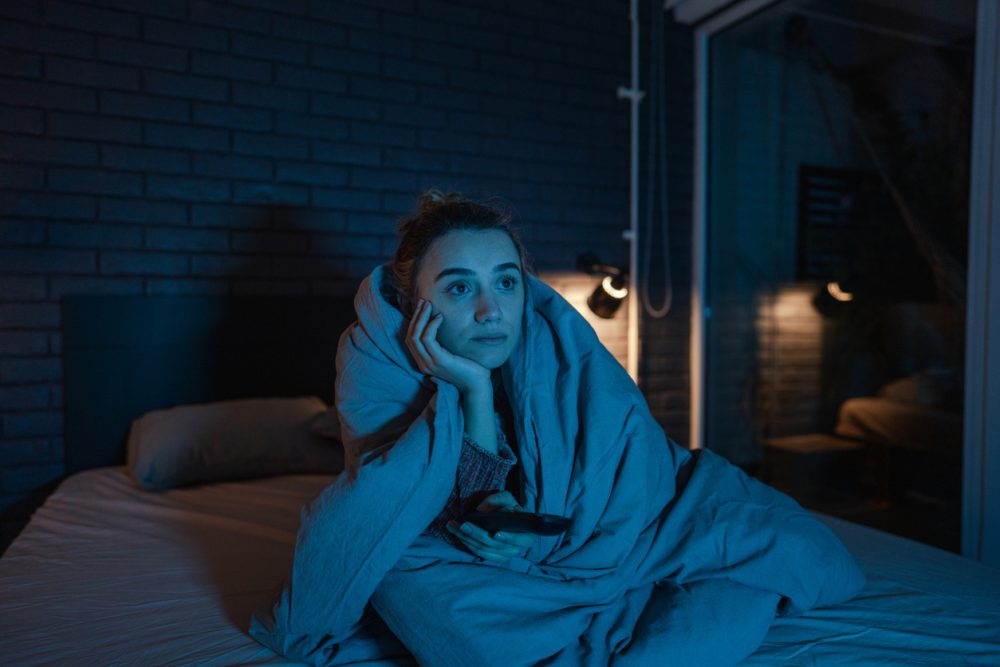LG Display, a leading innovator in display technology, has developed displays that will protect your eyes so you can get some shut-eye. LG Display’s OLED TV and monitor panels are the first displays to earn the ‘Circadian Friendly’ certification from TÜV Rheinland, a foremost global independent testing, inspection, and certification body. The certification is a monumental step for the industry.
“LG Display’s innovative OLED panels help people attain a healthier life while enjoying the immersive benefits of exceptional image quality,” said Frank Holzmann, Global Business Field Manager at TÜV Rheinland.
‘Circadian Friendly’ certification from TÜV Rheinland is given to products that meet the standards of minimizing their impact on people’s quality of life during the day and promoting better sleep at night. Certification is given after undergoing rigorous testing according to Rensselaer Polytechnic Institute Lighting Research Center’s ‘Circadian Stimulus’ metric.
Circadian Rhythms Explained
Falling asleep in front of the TV is a rite of passage. Whether you are someone who needs a laugh track to lull you to sleep or the occasional Netflix napper, we have all fallen asleep while watching television at one point or another. Another thing we all might have experienced is the grogginess that accompanies waking up after a sleep session in front of our TVs, tablets, or PCs.
If this has happened to you, you are not imagining this strange sensation. Backlit electronics like smartphones, TVs, tablets, and PCs negatively affect humans’ circadian rhythms. A type of internal clock in the body that runs on 24-hour cycles, circadian rhythms regulate a variety of important mental and physical systems in the body. According to Sleep Foundation, circadian rhythms affect appetite, body temperature, the immune system, as well as the sleep-wake cycle.
The body’s internal clock that regulates circadian rhythms can be found in the suprachiasmatic nucleus (SCN) in the hypothalamus, a part of the brain. At various points in the day, signals are sent throughout the body from the SCN to regulate activity. The SCN is sensitive to external environmental factors, but none more so than light. This is why circadian rhythms are intertwined with day and night.
Blue Light is Dampening Your Sleep Cycle
The sleep-wake cycle is the most referenced circadian rhythm, and its quality is dictated by light. When we wake up with the sun, our body releases a hormone called cortisol to keep us awake and alert throughout the day. As daylight fades and nighttime comes, another hormone called melatonin starts being produced to cause feelings of sleepiness.
When used during these crucial hours, backlit electronics negatively influence the sleep-wake cycle and overall sleep quality. Sleep Foundation explains that these electronics “emit short-wave enriched light, also known as blue light,” which “has been shown to reduce or delay the natural production of melatonin in the evening and decrease feelings of sleepiness.” Blue light also affects the amount of time a person spends in rapid-eye movement (REM) sleep, which is critical for cognitive functioning. Fluorescent and LED lights are examples of common lights that emit blue light.
LG Makes a Move for High-Quality TVs and Better Sleep
Technological measures for reducing blue light emissions and protecting consumers’ eyes from the effects of blue light are not new. However, these measures often involve dimming a screen or having to adjust the colors on a display, which can affect user engagement. With LG Displays OLED TVs and monitor panels, viewers can still experience high picture quality without compromising their biological processes.
LG Display is committed to protecting consumers’ eyes. The OLED TV panel is recognized as emitting the lowest amount of blue light in the industry. In addition to the ‘Circadian Friendly’ certification from TÜV Rheinland, the LG Display OLED is also the world’s first TV display to receive EyeSafe certification. The certification was developed jointly by TÜV Rheinland and Eyesafe Inc., a US eye safety organization. The OLED TV also has the ‘Flicker Free Display (OLED)’ and ‘Discomfort Glare Free’ from UL, a global safety science company.
“LG Display’s self-emissive OLED technology not only offers unmatched picture quality but also reaffirms its position as a human-centric display through this highly sought-after certification,” said Soo-young Yoon, CTO and Executive Vice President at LG Display. “With a safe display more important to people than ever, we will continue to offer its customers the best viewing experiences by expanding and applying user-friendly technologies to its cutting-edge solutions.”















